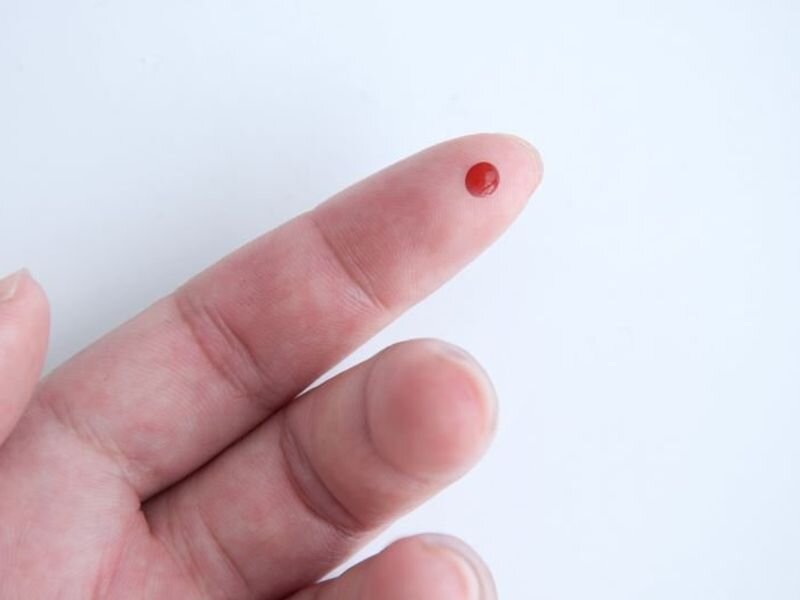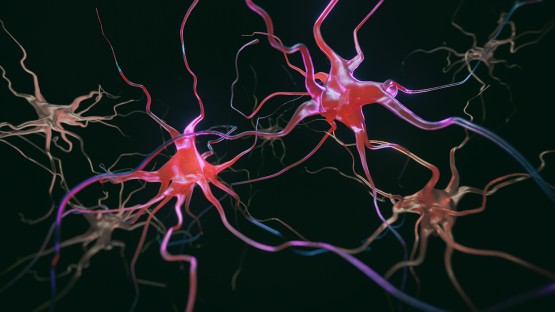Could caffeine-concentrated beverages lower dementia risk?
The question of whether espresso can help lower the incidence of dementia is being investigated in a recent study from the University of Verona in Italy.
An relationship between increased caffeine concentrations and the prevention of tau protein aggregates—a hallmark of Alzheimer’s disease and other types of dementia—was discovered in the preliminary research, which was carried out in vitro, in the laboratory.

Whether consuming coffee could genuinely delay dementia for a longer period is still unknown.
A study that was published in the ACS Journal of Agricultural and Food Chemistry suggests that consuming coffee with a high caffeine content, which some might associate with sipping an espresso, may help lower the risk of dementia.
Researchers discovered that espresso chemicals may prevent tau protein aggregation, a process thought to be responsible for the beginning of Alzheimer’s disease, the most prevalent kind of dementia, in preliminary in vitro laboratory testing.
The advantages of coffee and tea
According to medical experts, coffee and tea have additional health advantages besides the obvious one with caffeine.
While caffeine is undoubtedly a significant common factor, Dr. Scott Kaiser, the director of Geriatric Cognitive Health for the Pacific Neuroscience Institute at Providence Saint John’s Health Centre in Santa Monica, California, noted that both coffee and tea are derived from plants with a wide variety of potentially advantageous chemical compounds, including potent antioxidants.
According to Kaiser for Healthline, “a substantial and expanding body of research demonstrates the benefits of specific foods for brain health, particularly those rich in antioxidants and other “neuroprotective” compounds.” For instance, more flavonoid intake has been linked in multiple studies to a lower risk of Alzheimer’s disease development.
He said, “These phytonutrients, which are substances that plants make to maintain their health, can really reduce inflammation in our brains, protect brain cells from damage, boost learning and memory, and give other clear benefits for brain health. And coffee and tea are on the list of healthy sources of flavonoids.”
According to the study’s authors, compared to the general population, the UK Biobank represents a healthier sample of people, which may limit the ability to generalize the correlations between coffee and tea and their potential advantages.
Additionally, just a small portion of the sample had dementia or a stroke, which the authors acknowledge makes it challenging to extrapolate rates correctly to wider populations.
On the other hand, “our findings suggested that moderate consumption of coffee and tea, separately or in combination, were associated with lower risk of stroke and dementia,” they concluded.
Coffee may reduce the aggregation of harmful proteins.
First, the researchers extracted espresso shots from pre-purchased beans. After that, they described the chemical composition and picked a few compounds, including caffeine.
Molecular components as well as the entire extract were tested. They spent at least 40 hours incubating with a cut-down version of the tau protein.
Tau fibrils did not grow into larger sheets as the caffeine concentration rose, with the whole extract producing the most striking consequences. The fibrils were ultimately harmless to cells and did not serve as a seed for further aggregation.
“This was an interesting study by a group of scientists in Verona, Italy, who are trying to help change the use of espresso coffee from a potential health risk to a health benefit,” said Clifford Segil, a board-certified neurologist at Providence Saint John’s Health Centre in Santa Monica, CA, who was not involved in the study.
What are the consequences of medicine?
According to Segil, “The researchers found that adding coffee to a protein called tau in test tubes prevented the tau protein from developing into something that has been demonstrated to be present in neurological illnesses that cause memory loss and trembling.”
Patients with Parkinson’s disease and Alzheimer’s dementia both have tau. In the current work, the tau protein’s ability to aggregate, condense, and seed activity was inhibited by adding coffee brew to a basic form of the protein. According to Clifford Segil, the objective is to develop a therapeutic for these disorders utilising a coffee brew extract base.
Segil added that it is uncertain whether the study’s results would result in a fresh approach to treating neurodegenerative diseases.
He said that rather than a buildup that leads to neurological disease, “many contemporary neuroscientists believe these tau proteins may be more akin to freckles, which are typically normal aging pigments.”
Clinical neurologists like me who treat patients with neurodegenerative disorders like the Alzheimer’s form of dementia or Parkinson’s disease should be aware that no treatment modifying tau structure has demonstrated any clinical advantages.
Antioxidants maybe able to prevent dementia
Because coffee contains antioxidants in the form of polyphenols, some researchers have hypothesized that it may have several positive health effects, such as reducing the incidence of type 2 diabetes and certain types of cancer. Additionally, it might improve brain health.
That might be as a result of the fact that antioxidants from a person’s diet can assist prevent cellular ageing. Antioxidants, on their alone, are unlikely to provide complete immunity against any illness or medical condition.
According to Segil, “Antioxidant compounds that claim to be neuroprotective are abundant, and in theory, they may even be healthy. However, claims [that a] coffee brew is going to protect someone from getting a neurodegenerative disease is challenging to agree has scientific merit.”
However, the current study’s researchers assert that their initial in vitro results may open the door to discovering or creating additional bioactive chemicals against neurodegenerative illnesses, such as Alzheimer’s.
Dr. Joel Salinas, a neurologist at NYU Langone Health who was not involved in the study, emphasised that this is extremely preliminary work and that other lines of inquiry are necessary.
He gave us an example, saying, “Causation has not yet been established, but other studies have linked coffee consumption to an increased risk of dementia.”
Dr. Salinas speculated that it would be necessary to draw boundaries between how much coffee is beneficial and how much is dangerous. Before designing or attempting to construct treatments for neurodegenerative diseases, these questions must be answered.
The function of tau in Parkinson’s and dementia
According to the Alzheimer’s Association, tau helps maintain the internal skeleton of neurons in the brain.
Tau tangles, a defining feature of Alzheimer’s disease, are created when tau proteins stick to one another.
In certain types of dementia, such as Alzheimer’s and frontotemporal dementia, this buildup of tau proteins can harm or kill brain cells. The internal skeleton is torn apart by the tangles, which impairs thinking and memory.
The National Institutes of Health state that tau proteins may contribute to disease in addition to Alzheimer’s disease in:
- Parkinson’s disease
- frontotemporal dementia
- Pick’s disease
- progressive supranuclear palsy
- corticobasal degeneration.
Researchers are still trying to find a mechanism to slow down or halt tau cells from harming good tissue.
Diagnoses of tau and Alzheimer’s
Alzheimer’s disease diagnosis requires pricey imaging, which patients may not always have access to.
For this reason, researchers are trying to find a mechanism to spot Alzheimer’s disease in its early stages. The University of Pittsburgh developed a test to identify a biomarker known as “brain-derived tau.”
They claim that it performs better than the tests that are currently being used. It examines blood tau levels about the severity of amyloid plaques and tau tangles in the brain and is specifically for Alzheimer’s disease.
Large-scale clinical trials with people of different racial and ethnic backgrounds are planned by the researchers.
REFERENCES:
- https://www.medicalnewstoday.com/articles/could-espresso-like-caffeine-concentrations-lower-dementia-risk
- https://www.healthline.com/health-news/how-coffee-and-tea-can-help-lower-the-risk-of-stroke-dementia
- https://www.independent.co.uk/news/health/coffee-alzheimers-espresso-martini-cure-b2378079.html
For Dementia disease medications that have been suggested by doctors worldwide are available here https://mygenericpharmacy.com/index.php?therapy=64




